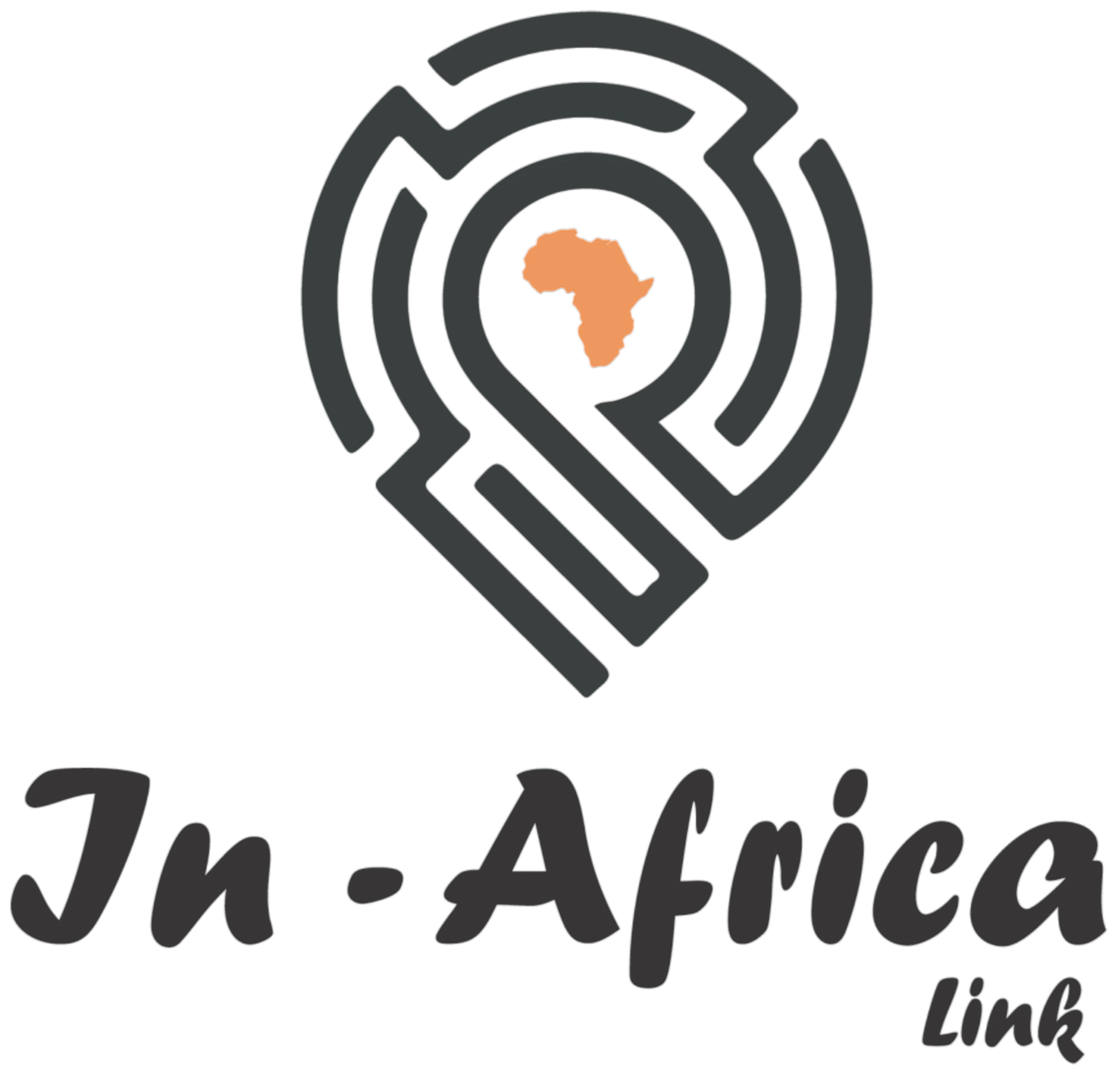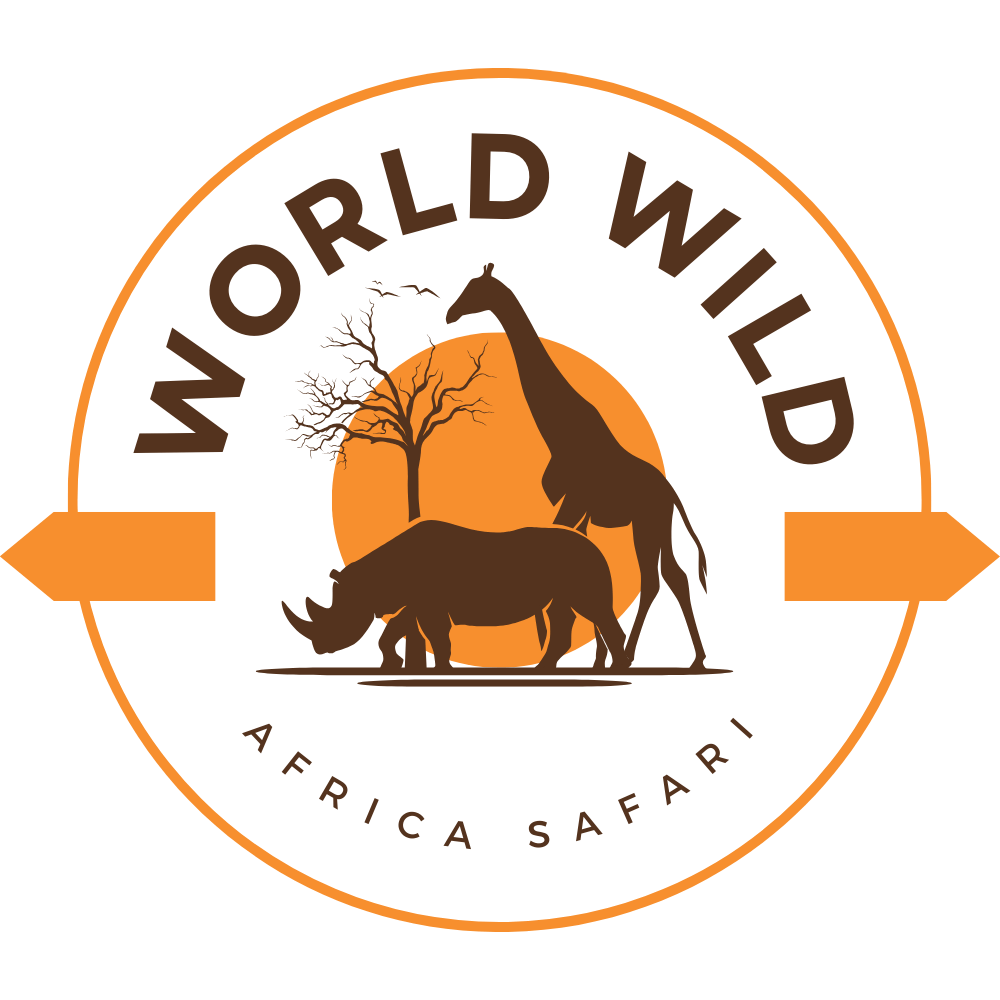Ngorongoro Conservation Area
The Ngorongoro Conservation Area offers unparalleled Big Five game viewing, featuring dense concentrations of lions, elephants, buffalo, leopards, and rhinos. Located near the Serengeti, it is home to cheetahs, hyenas, and hippos, alongside Maasai herders tending cattle. The Ngorongoro Crater, the world’s largest caldera, provides stunning views from accommodations on its rim or in nearby savannahs and coffee estates. The area is ideal for combining with visits to the Serengeti, Lake Manyara, and Kenya’s Masai Mara Reserve. Visitors can enjoy bird watching, cultural tours, mountain biking, and walking safaris. Lodges offer outdoor dining under starry skies, family-friendly programs, and wellness services. For more information, contact the In Africa Link.

Ngorongoro Conservation Area Facts:
- Enjoy a classic safari experience
- Home to a volcanic crater teeming with wildlife
- Known as Africa’s Garden of Eden, featuring the Big 5 species
- Stunning landscapes
Reason for Selecting Ngorongoro Conservation Area:
The immense size and beautiful atmosphere of the Ngorongoro Conservation Area create a thoroughly unique Tanzania safari experience.
What Makes the Ngorongoro Crater Conservation Unique?
The Ngorongoro Conservation Area boasts vast highland plains, savannahs, forests, and woodlands. Established in 1959 as a diverse land-use zone, it allows natural wildlife to coexist with semi-nomadic Maasai pastoralists who practice traditional cattle grazing. It includes the breathtaking Ngorongoro Crater, the world’s largest caldera.

Getting There at the Ngorongoro Conservation Area
You can reach the Ngorongoro Crater by road or air.
- Roadways: The crater is 160 kilometers from Arusha and 140 kilometers from the Seronera section of Serengeti National Park.
- Airways: Take a charter flight to Ngorongoro Air Terminal from Kilimanjaro International Airport or Julius Nyerere International Airport in Dar es Salaam.
Health & Safety in the Ngorongoro Conservation Area
Travel to the Ngorongoro Crater is considered safe. Along with fellow tourists, you will encounter helpful personnel such as tour operators, hotel staff, and park specialists.
- Health Precautions: Malaria is a health risk, so use insect repellent, get malaria vaccinations, and cover exposed skin at night. Consult medical professionals for necessary vaccines before traveling.
Food at the Ngorongoro Conservation Area
- Meals: Breakfast and lunch are provided buffet style with a variety of international cuisines. You can request local food if desired.
- Breakfast: Includes a full English breakfast and European alternatives.
- Lunch: Features meat, poultry, fish, and vegetarian options.
- Dinner: Includes a salad buffet, soup, entrée, pudding, cheese and biscuits, and tea or coffee. Vegetarian options are consistently available.
- Sources: Most meat, dairy, fruits, and vegetables are sourced from local organic farms.
Additional Information
- Language: Complimentary basic Kiswahili lessons are available, which can help in various settings.
- Best Time to Visit: Winter (June-September) is the coldest season and a busy time for hotels and lodges. July and August are ideal months to visit Tanzania.
Are you ready to explore Tanzania’s delights? Check out the variety of small group adventures available in the Ngorongoro Conservation Area.


